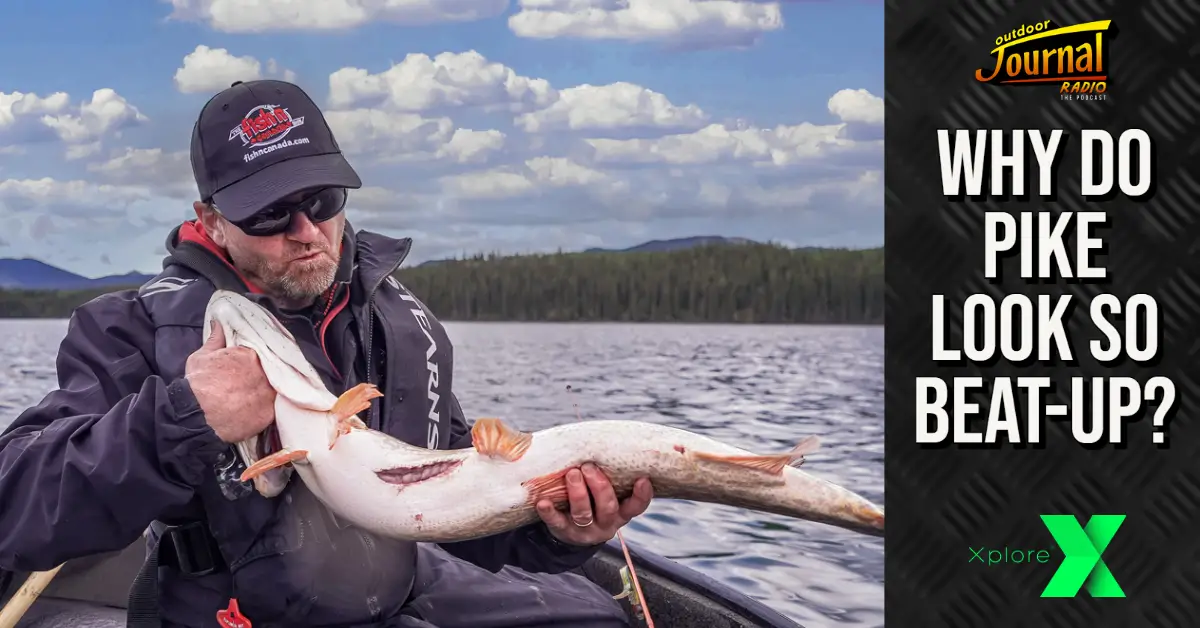Most fish species are easy to make look good on camera. Whether it is the elaborate colour patterns of the wild Brook Trout, the glistening gold of a north-country Walleye, or even the contrasting greys and oranges of a fall Lake Trout- it is often hard to find a way to make these fish look bad.
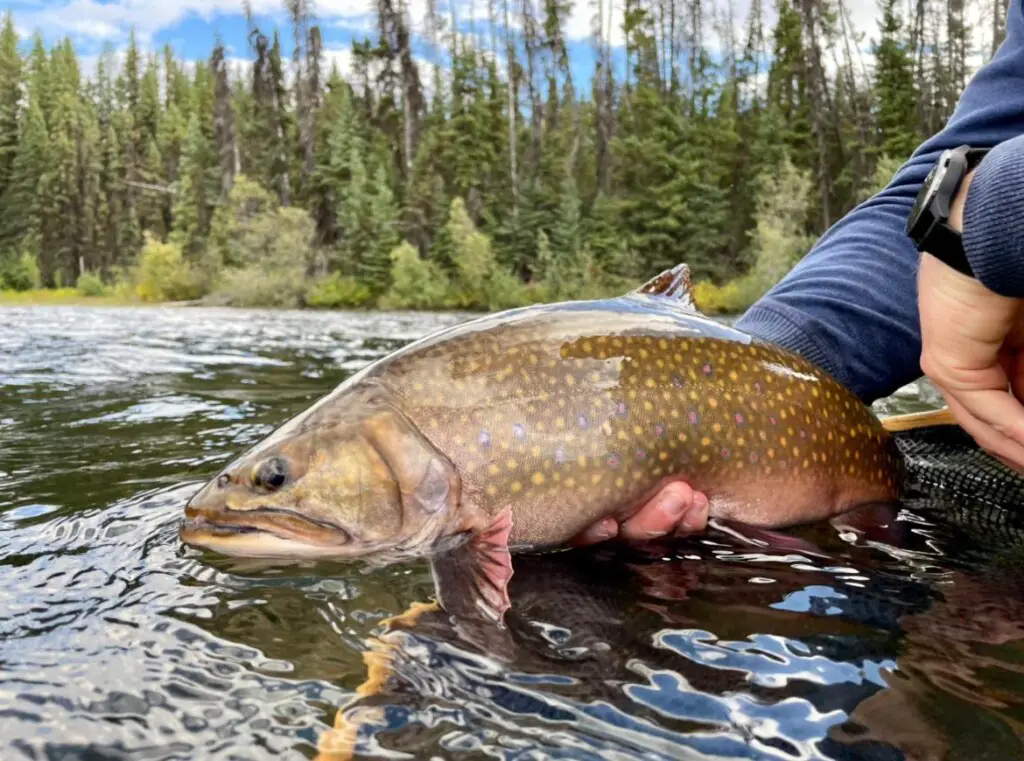
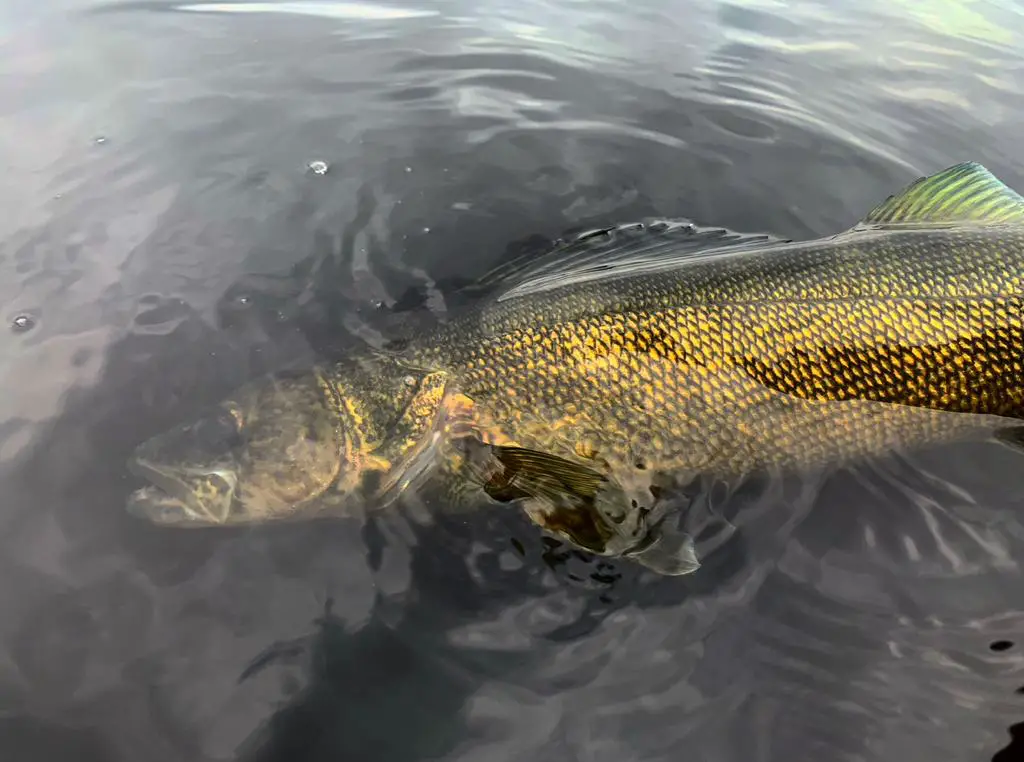
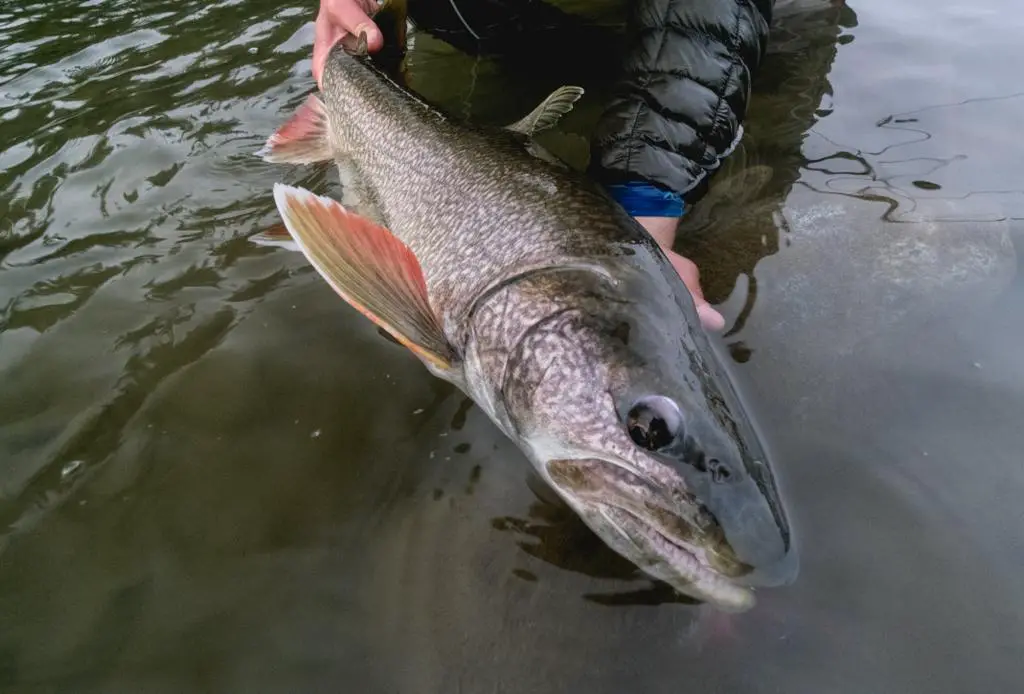
The Northern Pike, on the other hand, doesn’t lend itself quite so well to the camera, primarily due to the scars, cuts, and bruises that so often come along with them.
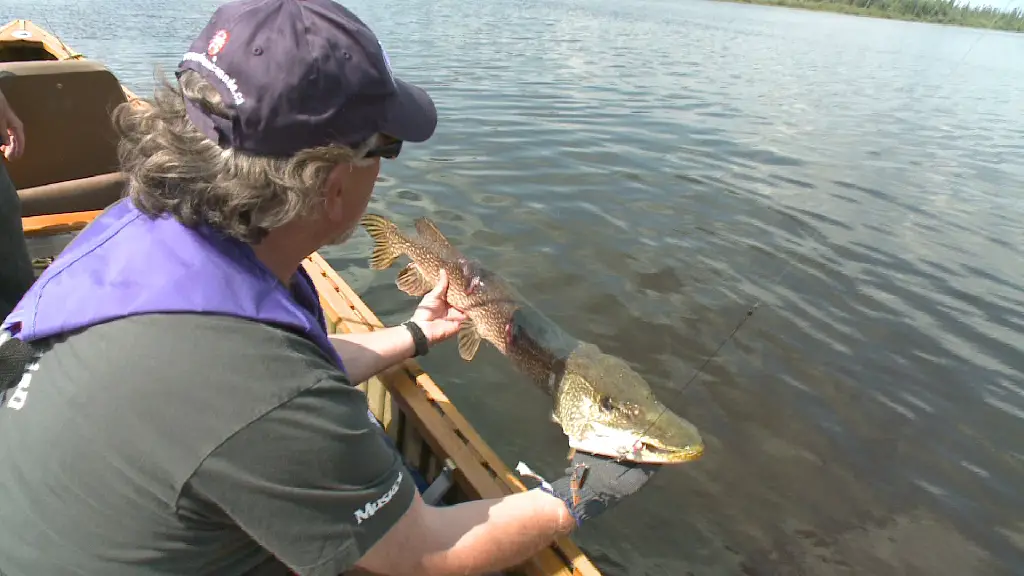
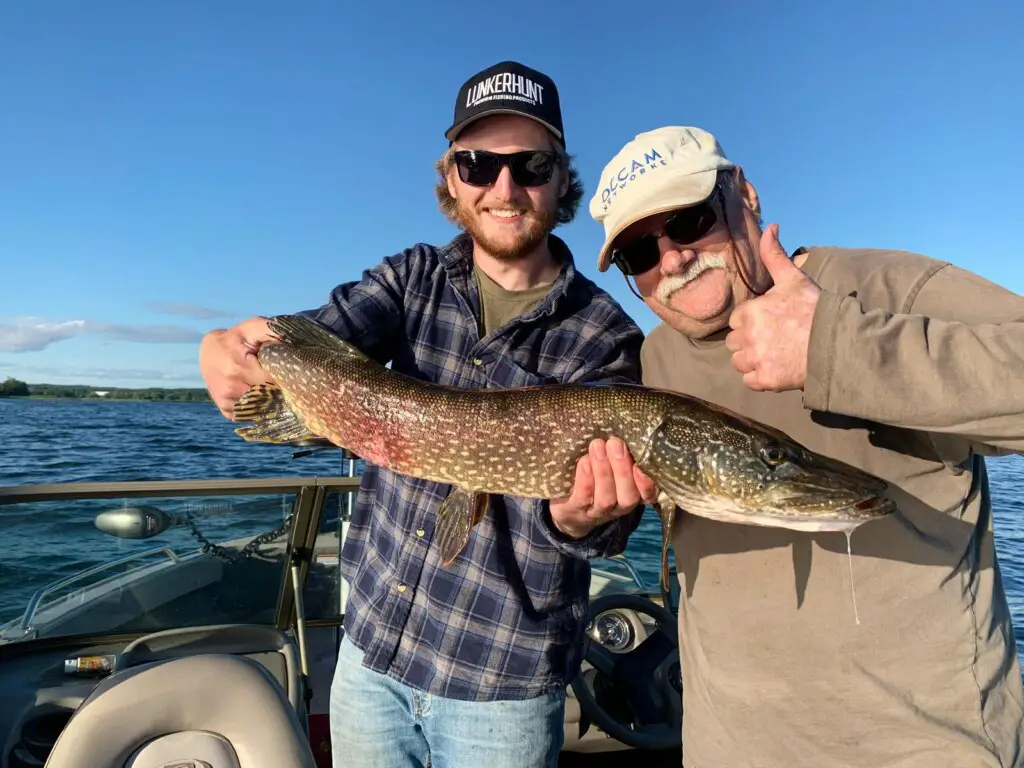
With over 30 years of broadcasting our fishing trips on national television, we have received countless questions about the occasional scarred-up pike that finds itself in The Fish’n Canada Show. While we have often explained these marks as the battle scars of spawning, it turns out that the true cause behind these scars may be much more serious than once thought and although the aggressive nature of the Northern Pike can cause wounds, two diseases are often the cause of the lasting gashes we see on pike, Esocid lymphosarcoma and Red Sore Disease.
ESOCID LYMPHOSARCOMA
Many of the infections and abnormalities we see in fish stem from nasty parasites and bacteria. However, pike are unfortunately unique in the sense that they are prone to a specific type of cancer; a disease rarely seen in fish species. The disease is known as Esocid Lymphosarcoma, primarily affecting those of the Esox family, most notably Northern Pike and Muskellunge.
Similar diseases have also been identified in Brook Trout and other game species, however, the spreads are often limited to hatcheries and are typically attributed to other unrelated diseases.
Esocid Lymphosarcoma is a rather complicated disease but essentially attacks the lymphatic system, infecting the lymph fluid that is spread throughout the body. Once it has found a home, the disease presents itself as large tumour or growth. These growths are often found along the pelvic areas of the fish, as well as inside the jaw, around the tongue, and at the base of fins.

These growths rarely kill Pike, but they can make for some serious deformities and can spread to other, sometimes more vulnerable, species such as Muskie.
An interesting study identified by Bill Braizer of “Off the Scale” in Ireland showed that the disease tends to present itself primarily on the posterior part of the body in North America, while Irish Pike tend to be affected towards the head. The reason for this interesting geographic difference is not fully understood but would explain much of what I have seen with Northern Pike here in Canada.
How it Spreads
Since I have repeatedly heard (and recited) that the sores and abrasions on Northern Pike are attributed to aggressive spawning behaviour, I was very interested to find out that this was at least half true.
Esocid Lymphosarcoma is spread through spawning, however, it is due to the close contact with other fish, not aggressive behaviour, that the disease is spread. The disease can spread at other times of the year, however, Pike are rarely in close enough contact with each other to make the spread possible.
The disease is also very sensitive to warm water, making the spring spawning period the prime time for it to spread throughout the population. The disease is so sensitive to warm water, in fact, that a fish’s symptoms will often go away during the summer and will become virtually growth-free.
What You Can Do
Although humans do not need to be concerned about getting this disease, handling infected fish can still pose the potential of spreading it to other fish. This can include contact with your net, pliers, livewell, and even your hands. Keeping the fish away from these items is often best, however, simply washing your hands or any other objects after handling these fish is often sufficient enough. Throwing seriously infected fish onshore rather than back into the water is also recommended by some fish and wildlife agencies that see particularly large outbreaks.
RED SORE DISEASE
Another potential culprit of abrasions and sores on Northern Pike is what is known as Red Sore disease. Although the name would imply a lone culprit, Red Sore Disease is actually the result of contact with two kinds of harmful organisms, Aeromonas hydrophila (a bacteria) and Heteropolaria (a protozoan).
These two organisms work as a team, starting with the parasite Heteropolaria attaching itself to the fish. Once attached, the irritation from the parasite will cause the fish to rub itself on hard surfaces, causing scale loss and open sores. Once the wound is present, a free-swimming bacteria known as Aeromonas hydrophila enters the wound and begins spreading throughout the body.
How it Spreads
Similar to Esocid lymphosarcoma, Red Sore Disease typically spreads through spawning, where stress levels are high and natural abrasions and crowding are frequent. The bacteria also tends to thrive during the colder months, a time when fish susceptibility to disease is especially high.
What You Can Do
Unlike Esocid lymphosarcoma, Red Sore Disease will often pass through the fish without any serious damage. In fact, although I would personally forgo the experience, fish infected with this affliction will often remain edible as the abrasions are typically only at the surface level of the skin.
Conclusion
While both of these diseases are present in Northern Pike and have been identified here in Canada, it is important to remember that not all wounds on Pike are necessarily cause for concern.
Due to aggressive spawning and feeding behaviour, many Northern Pike wounds are of natural causes and are not cause for any concern for the population. Although some heavily infected areas in the United States permit anglers to take conservation into their own hands, it is highly advised here in Canada to report the presence of infected fish to local wildlife authorities rather than trying to diagnose and eliminate fish while out on the water.
References
Brazier, B., 2018. Lymphosarcoma – A Cancer Of Pike. [online] Off the Scale. Available at: <https://www.offthescaleangling.ie/the-science-bit/lymphosarcoma-pike/> [Accessed 22 July 2020].
Earnest-Koons, K., Schachte, J. and Bowser, P., 1997. Lymphosarcoma In A Brook Trout. [online] Journal of Wildlife Diseases. Available at: <https://www.jwildlifedis.org/doi/pdf/10.7589/0090-3558-33.3.666> [Accessed 22 July 2020].
Reed, P. and Francis-Floyd, R., 2011. “Red Sore Disease” In Game Fish. [online] Available at: <http://edis.ifas.ufl.edu/pdffiles/VM/VM05900.pdf> [Accessed 22 July 2020].





